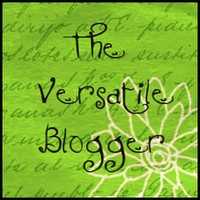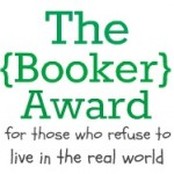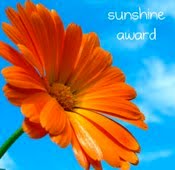When you look at a book’s Amazon page there is a graph that displays the number of total reviews a book has, distributed by the number of stars. Taking my own book, the Sun Zebra, as an example, the graph looks like this:
The first such book I want to show you is “Wool” by Hugh Howey. Having a book with this many reviews and almost a 4.9 average is a significant accomplishment for an author and a sure sign the vast majority of readers loved the book. A large bar of 5 star reviews is characteristic of very popular books.
The way a book ends up with a rating of around 3 on Amazon is if a lot of people like it but an equally large number of people hate it. Such is the situation of “Fifty Shades of Grey” by E. L. James. Here there are 2 large bars at opposite ends of the scale: 5 stars and 1 stars.
But let’s get to the point of this post. If my observations are true, what does this say about the psychology of the reviewer? Why does an average book achieve a neutral rating of “3,” not by the majority of the reviewers giving it a 3, but rather by half of the reviewers rating it above 3 and the other half rating it below 3? Is this a reflection of our polarized society where we can’t find a middle ground on anything?
What do you think?
Note: the links on the books are provided just so you can check them out. I do not advocate you buying them except, of course, my own. : ^ )
***
If you like this blog you can have links to each week's posts delivered to your e-mail address. Please click here.
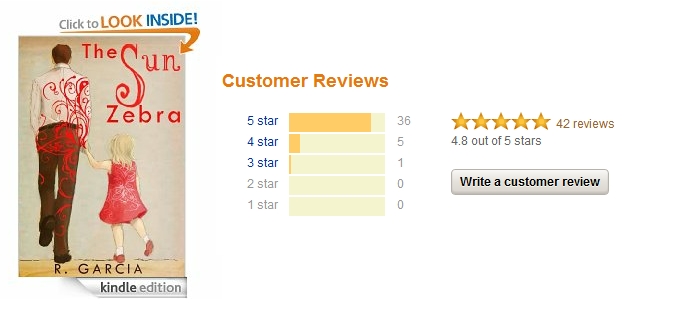
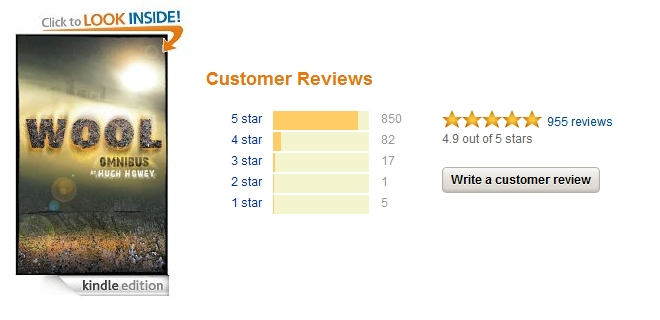
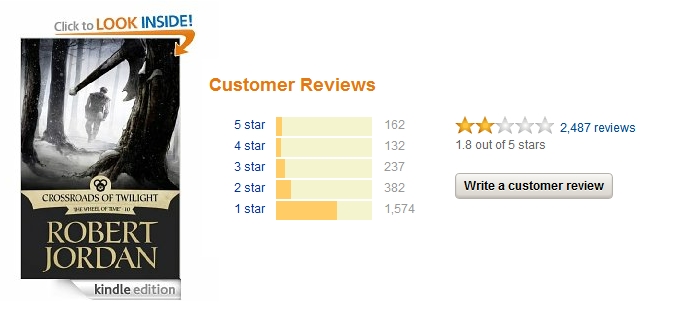
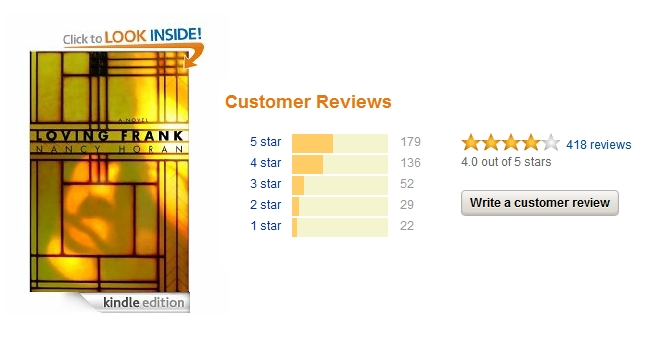
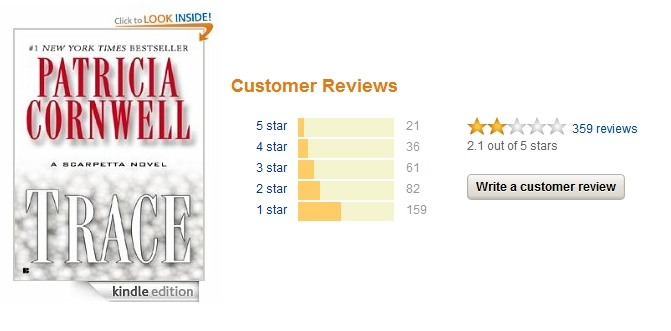
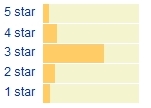
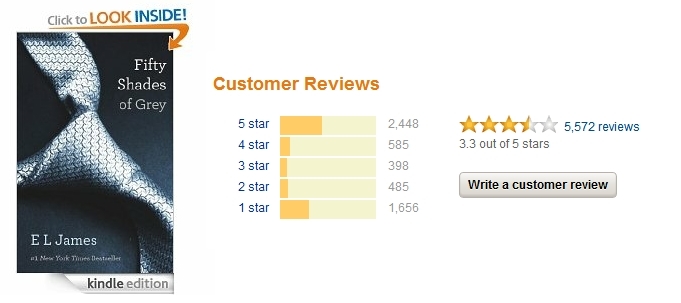
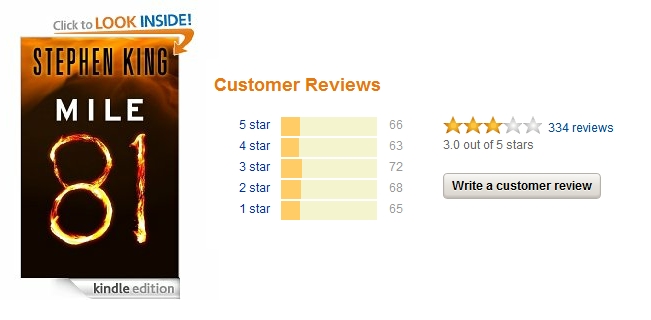
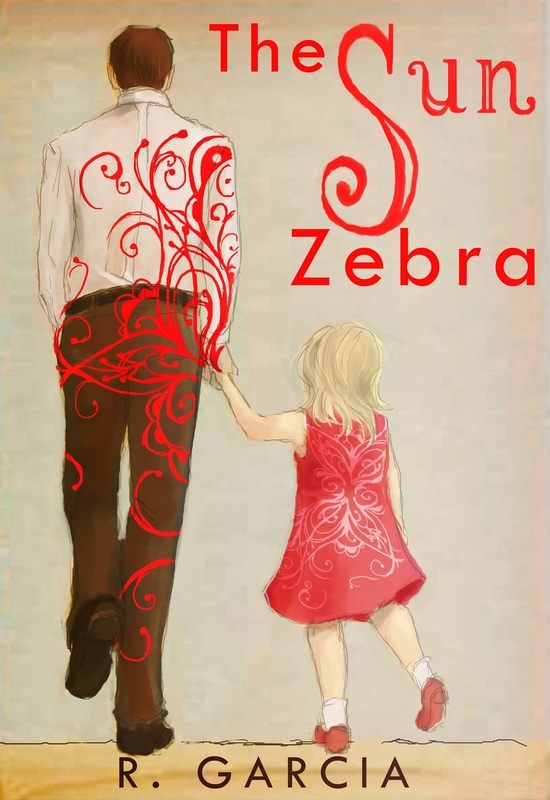

 RSS Feed
RSS Feed
